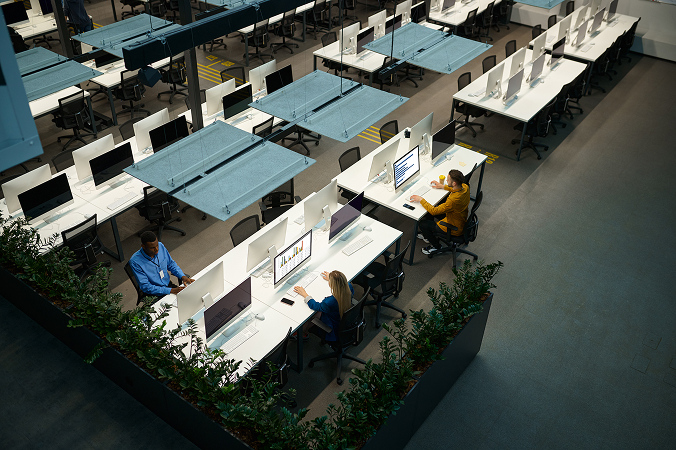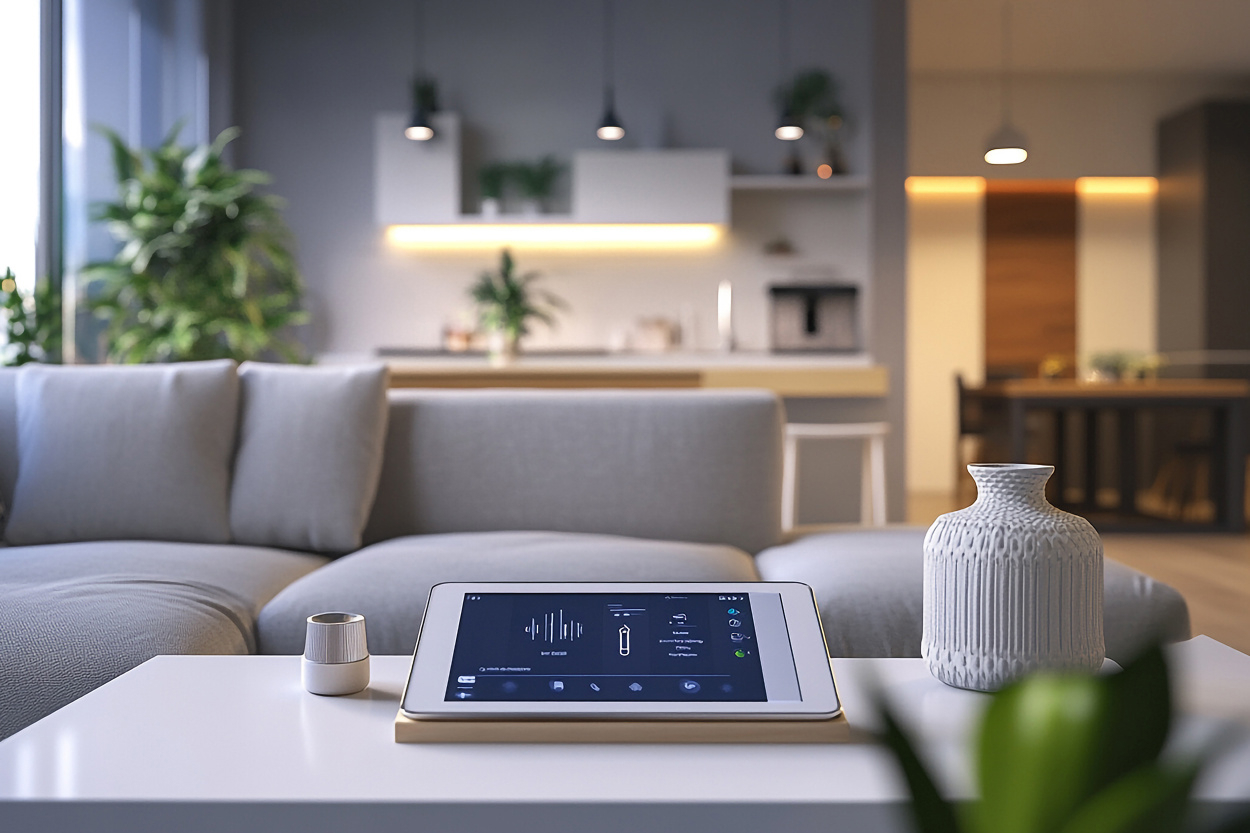How IoT Reduces Carbon Emissions in Residential and Office Buildings

The Internet of Things (IoT) is revolutionizing energy efficiency and sustainability, particularly in residential and commercial buildings. Buildings account for approximately 40% of global carbon emissions, making them critical areas for impactful environmental change. IoT technologies offer innovative solutions that significantly reduce carbon emissions through intelligent energy management, optimized resource consumption, and automated efficiency measures.
In this article, we'll look at specific IoT applications, explore their environmental benefits, highlight real-world examples, and hear what industry experts say about the role of IoT in sustainability. We'll also discuss implementation strategies, common challenges, future trends, and provide actionable advice to help businesses and homeowners leverage IoT for sustainability.
Understanding IoT and Carbon Emissions
Carbon emissions primarily arise from energy consumption in buildings for heating, cooling, lighting, and operating various electrical appliances. IoT devices help manage this consumption effectively, optimizing energy use, reducing waste, and ultimately decreasing carbon footprints.
Making HVAC Systems Smarter
Heating, ventilation, and air conditioning (HVAC) systems are among the largest energy consumers, representing nearly 39% of energy usage in commercial offices.
IoT-enhanced HVAC systems incorporate sensors and AI-driven analytics to dynamically control heating and cooling, significantly reducing unnecessary energy usage.
| Technology | Carbon Emission Reduction | Energy Savings (%) |
| Occupancy Sensors | 20% | 20-25% |
| Daylight Harvesting | 15% | 15-30% |
| Automated Scheduling | 10% | 10-20% |
Intelligent Energy Management Systems
IoT-driven energy management systems (EMS) offer real-time insights into energy consumption, allowing immediate identification and resolution of inefficiencies.
- Real-time monitoring quickly identifies energy leaks.
- Advanced analytics optimize energy demand predictions.
On average, IoT-based EMS systems reduce building energy consumption by 15–25%, substantially lowering carbon emissions.
Real-World Examples: IoT’s Impact in Action
Deloitte’s Edge Building, Amsterdam
Recognized as one of the greenest buildings globally, Deloitte's Edge Building demonstrates IoT’s potential:
- Uses 28,000 IoT sensors for HVAC, lighting, and air quality control.
- Achieves 70% less energy consumption than conventional buildings.
- Cuts carbon emissions by approximately 42%.
Google’s Headquarters, California
Google significantly enhances sustainability through IoT at its Mountain View HQ:
- IoT sensors optimize HVAC and lighting systems, reducing energy consumption by about 40%.
- Annual energy cost savings exceed $1 million.
- Achieved nearly 50% reduction in carbon emissions.
Residential Complex, London
A London-based residential development illustrates residential IoT effectiveness:
- Integrated IoT smart meters and HVAC controls reduced energy use by 30%.
- Cut carbon emissions by 25% within the first year of operation.
Industry Insights: Expert Opinions
- Elon Musk, Tesla CEO: "Integrating IoT with renewable energy is crucial for truly sustainable and smart building solutions."
- Sundar Pichai, Alphabet CEO: "The combination of IoT and AI is essential for significantly enhancing the environmental performance of buildings."
The Global Impact of IoT on Sustainability
McKinsey estimates that IoT could reduce global carbon emissions from buildings by 10–15% by 2030—equivalent to removing 600 million cars from the road.
Financial Advantages
IoT not only supports environmental goals but also provides substantial economic benefits:
| Benefit | Percentage (%) |
| Reduced Energy Bills | 20-30% |
| Lower Maintenance Costs | 15-20% |
| Improved Operational Efficiency | 10-25% |
Implementing IoT: A Step-by-Step Approach
Step 1: Energy Audit
Conduct comprehensive audits to pinpoint energy inefficiencies.
Step 2: Selecting IoT Solutions
Identify appropriate IoT technologies, sensors, and control systems customized to your needs.
Step 3: Installation
Professionally install IoT solutions to ensure seamless integration.
Step 4: Continuous Monitoring and Optimization
Regularly review and analyze energy data for ongoing efficiency improvements.
Overcoming Implementation Challenges
Common Challenges
- High initial setup costs
- Integration with legacy systems
- Cybersecurity and privacy concerns
Strategies to Overcome Challenges
- Utilize government incentives and funding opportunities.
- Choose flexible and scalable IoT solutions for easy integration.
- Prioritize robust cybersecurity measures to protect data integrity.
Looking Forward: Emerging IoT Trends
Advanced AI and Predictive Models
Future IoT applications will extensively employ AI to predict and optimize energy usage even further, greatly enhancing sustainability outcomes.
Greater Integration of Renewable Energy
Increasingly sophisticated IoT platforms will allow buildings to fully leverage renewable energy sources like solar and wind, minimizing reliance on fossil fuels.
IoT and Smart Grids
The future will see IoT fully integrated with smart grids, improving energy distribution and further reducing overall emissions.
IoT in Circular Economy
IoT will play a significant role in promoting circular economy practices, including energy-efficient appliance usage, waste management, and resource recycling.

Conclusion
IoT technology represents a powerful solution for significantly reducing carbon emissions in both residential and commercial buildings. Through optimized energy use, operational improvements, and renewable energy integration, IoT technologies offer realistic paths to achieving sustainability goals.
For businesses and homeowners alike, investing in IoT not only demonstrates environmental responsibility but also delivers significant financial savings and operational benefits. IoT will continue to play a pivotal role in shaping a sustainable, energy-efficient future, reducing environmental impacts, and improving quality of life across the globe.
Our Case Studies in IoT





